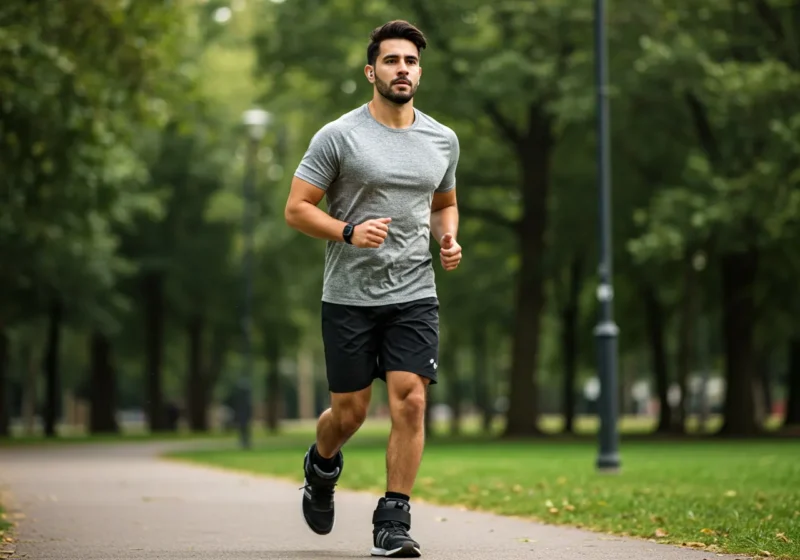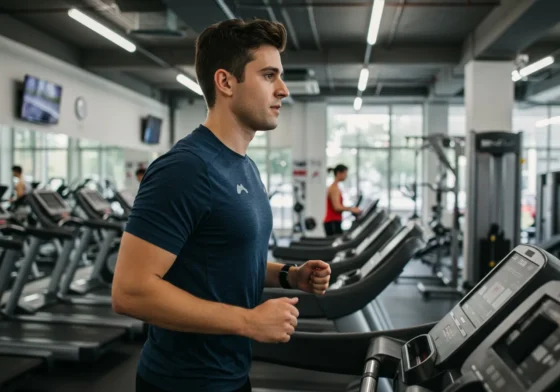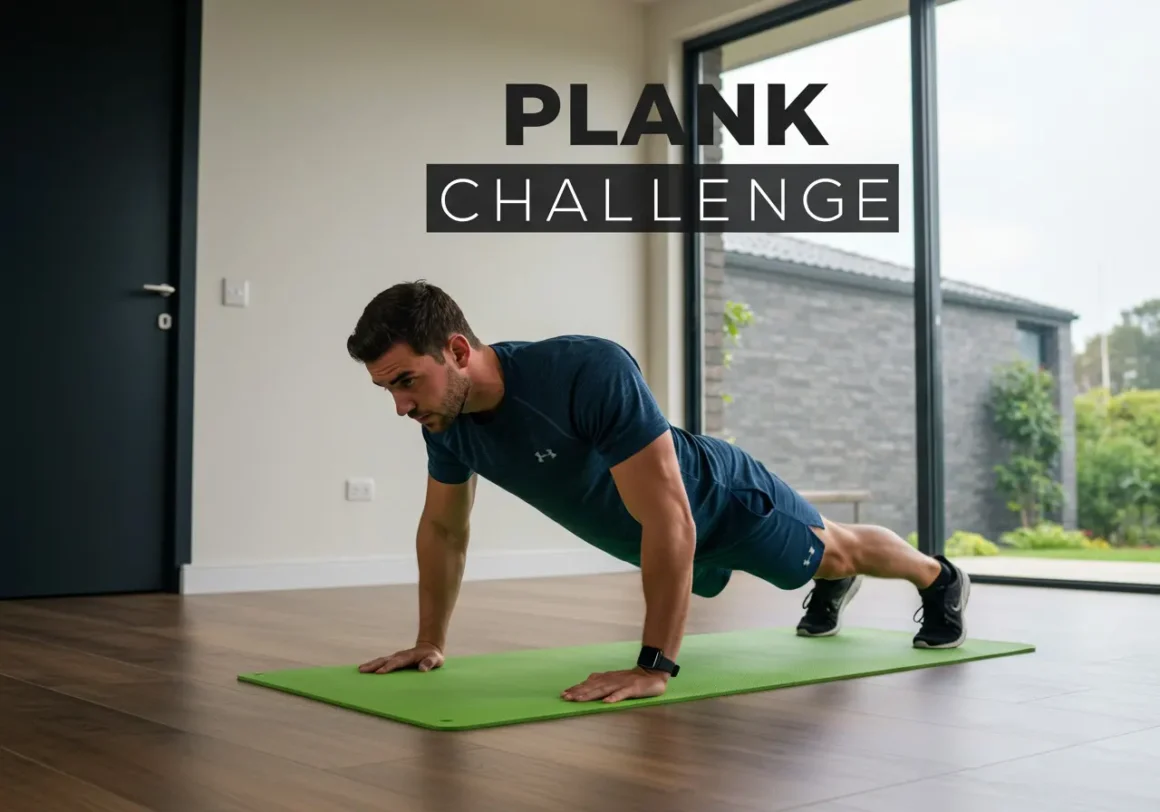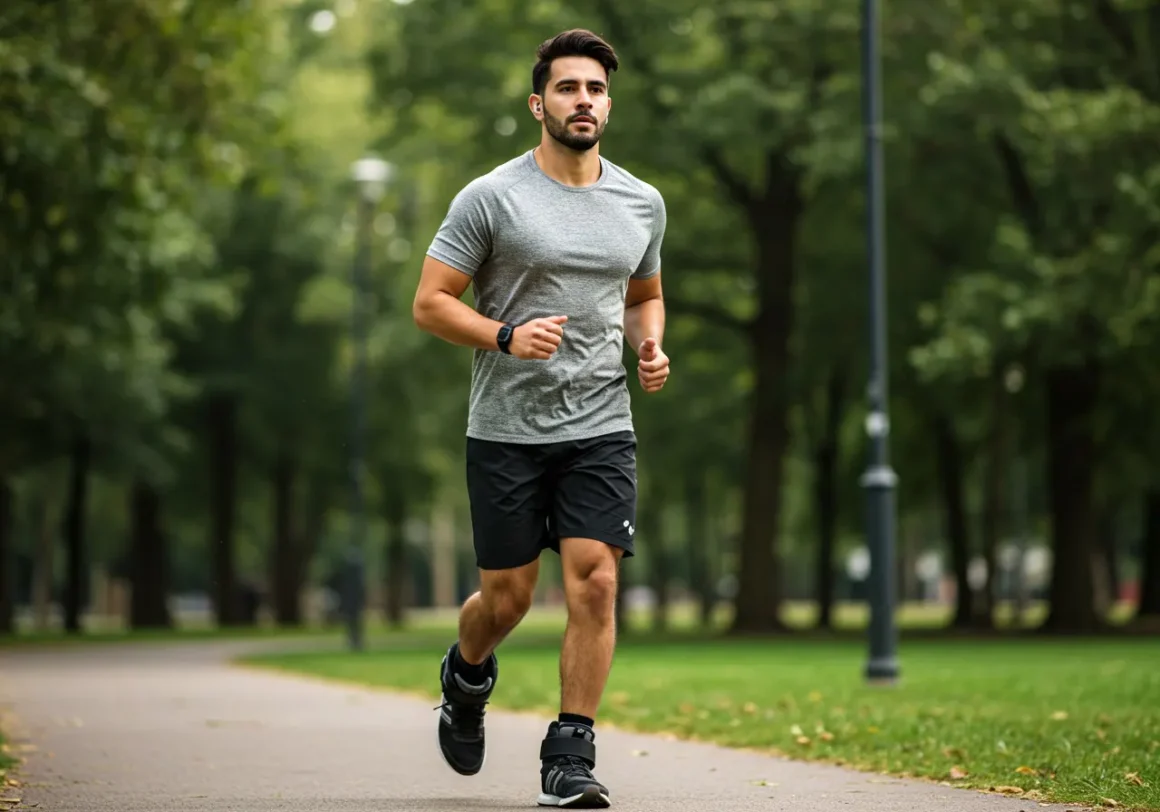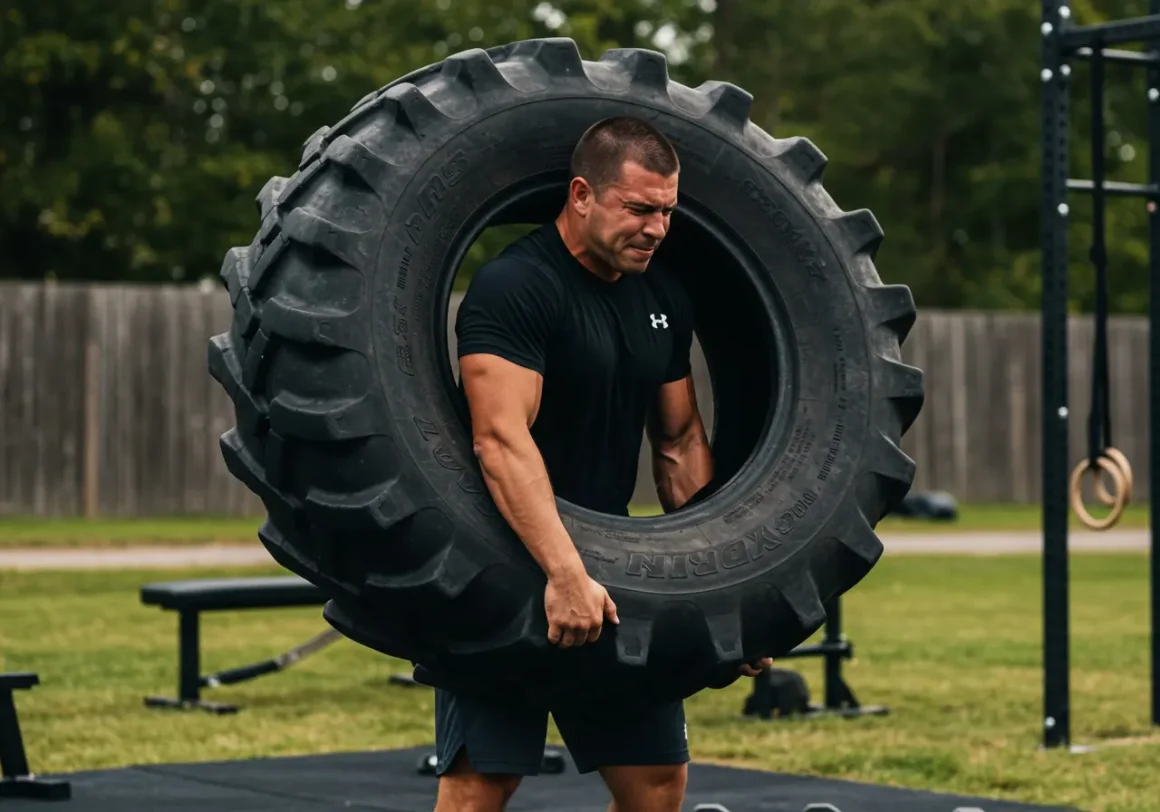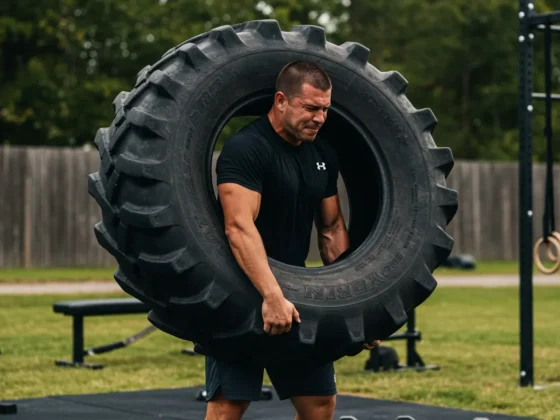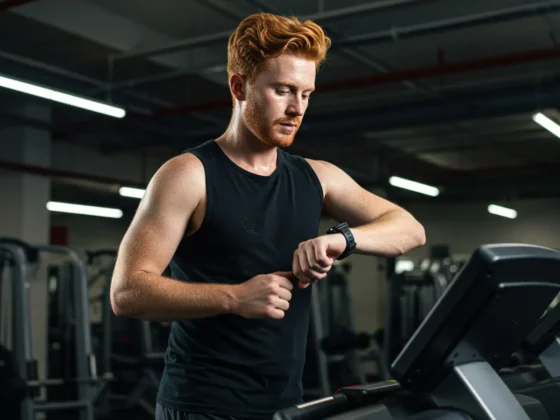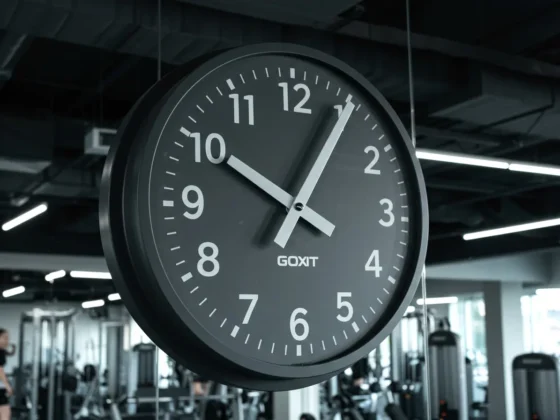Okay Fit Fellows, let’s talk about getting that engine humming and becoming a fat-burning machine through some seriously smart cardio. Forget the idea that cardio is just pounding the pavement mindlessly for hours. It’s about being strategic, giving your body different challenges so it adapts and becomes incredibly efficient. Think of your body like a high-performance vehicle with different gears – sometimes you need that slow, steady cruise, and other times you need to floor it for a quick burst of speed. Mastering these gears is key to boosting your staying power and melting away fat.
Why Smart Cardio Works
So, why bother with being smart about it? Because your body has different energy systems, and smart cardio targets both effectively.
First, there’s your aerobic system – this is your body’s endurance engine. It uses oxygen to produce energy over longer periods. Low to moderate intensity steady-state cardio, like a brisk walk, cycle, or swim you can maintain for 30-60 minutes or more, is fantastic for building this base. It improves your heart and lung capacity, making everyday tasks feel easier, and crucially, it trains your body to become better at tapping into fat stores for fuel during these longer efforts. It’s like teaching your car to get amazing gas mileage at a steady speed.
Then there’s your anaerobic system, which kicks in during short, intense bursts when you can’t supply oxygen fast enough. High-intensity interval training (HIIT) uses this system. Think sprints, fast cycling bursts, or intense intervals on a rower. These efforts are shorter but much harder. While you might not burn as much fat during a short HIIT session compared to a long steady one, the intensity creates a significant “afterburn” effect. Your metabolism stays elevated for hours afterward as your body recovers, burning extra calories and fat. Plus, HIIT is incredibly time-efficient and improves your capacity for intense efforts. It’s like adding a turbocharger to your engine – great for quick power boosts.
By combining both, you build a powerful, versatile engine. You improve your ability to sustain effort for a long time (aerobic base) and your capacity for hard, fast work (anaerobic power), while simultaneously training your body to be incredibly efficient at burning fat both during exercise and at rest. It also significantly improves insulin sensitivity, helping your body manage blood sugar better and further encouraging the use of fat for energy. This improved metabolic health is a cornerstone of long-term well-being.
Getting Started: What You Need
You don’t need a fancy gym membership or expensive gear to start. What you do need is:
- Comfortable Shoes: Especially important if you’re walking or running. Find shoes that fit well and provide good support.
- Comfortable Clothing: Wear something you can move freely in.
- Water: Staying hydrated is key, especially as you increase your effort.
- A Way to Measure Effort (Optional but helpful): A fitness tracker, heart rate monitor, or even just paying attention to how you feel (the “talk test” – can you hold a conversation?) can help you gauge intensity.
- Understanding Your Starting Point: Be realistic about your current fitness level. If you haven’t done much cardio, start slow and build gradually.
- Clear Goals: Are you training for a specific event? Want to lose a certain amount of fat? Improve your overall energy levels? Knowing your goal helps you structure your training.
The How-To: Implementing Smart Cardio
The magic happens when you strategically combine those “gears”:
- Build Your Aerobic Base: Start with steady-state cardio 2-3 times a week. Aim for sessions where you can talk in short sentences but not sing. Begin with 20-30 minutes and gradually increase the duration as you get fitter, working up to 45-60 minutes or even longer if training for endurance events. Activities like walking, jogging, cycling, swimming, or using an elliptical are great here. This is your foundation.
- Incorporate Intensity (When Ready): Once you have a decent aerobic base (can comfortably do 30-45 minutes of steady cardio), start adding 1-2 HIIT sessions per week. A typical HIIT structure involves short bursts of maximum or near-maximum effort followed by brief recovery periods. For example, sprint for 30 seconds, walk or jog slowly for 60-90 seconds, and repeat for 10-20 minutes total (including warm-up and cool-down). You can do this with running, cycling, rowing, or bodyweight exercises like burpees or jump squats. Remember, these should feel hard during the work intervals.
- Find Your Mix: The ideal blend depends on your goals.
- Primarily Fat Loss & General Fitness: A mix of 2-3 steady-state sessions and 1-2 HIIT sessions per week is a powerful combination.
- Endurance Focus (Marathon, Triathlon): You’ll prioritize longer, steady-state efforts (maybe 3-4 sessions) and use intensity more sparingly for speed work or hill training (1 session).
- Time-Crunched: HIIT is incredibly efficient for calorie burn and fitness improvement in a short time, but don’t neglect some steady-state for metabolic health.
- Listen to Your Body: This is crucial. Don’t push through sharp pain. Rest is just as important as the work itself. Pay attention to signs of overtraining like persistent fatigue, irritability, or poor performance.
- Warm-up and Cool-down: Always start with 5-10 minutes of light activity (like jogging or dynamic stretches) to prepare your body. End with 5-10 minutes of slower activity and static stretching to aid recovery.
- Track Your Progress: Keep a simple log of what you do, how long, and how it felt. This helps you see improvements and stay motivated.
- Variety is Your Friend: Don’t get stuck in a rut. Mix up the activities you do. If you always run, try cycling or swimming. This prevents boredom and works different muscle groups, reducing the risk of overuse injuries.
Beyond the Workout: Recovery Matters
Knowing how to recover from those efforts and keep your body moving smoothly is critical for consistent progress and avoiding roadblocks down the line. Your muscles don’t get stronger during the workout; they get stronger during recovery. Ensure you’re getting enough sleep, staying hydrated, and fueling your body with nutritious food. Active recovery, like light walking or stretching on rest days, can also be beneficial.
By approaching cardio with strategy, you’re not just exercising; you’re optimizing your body’s engine for both performance and efficiency. It takes a little thought, but the results – improved endurance, increased fat burning, and better overall health – are well worth the effort. Get out there, find your gears, and enjoy the ride!

